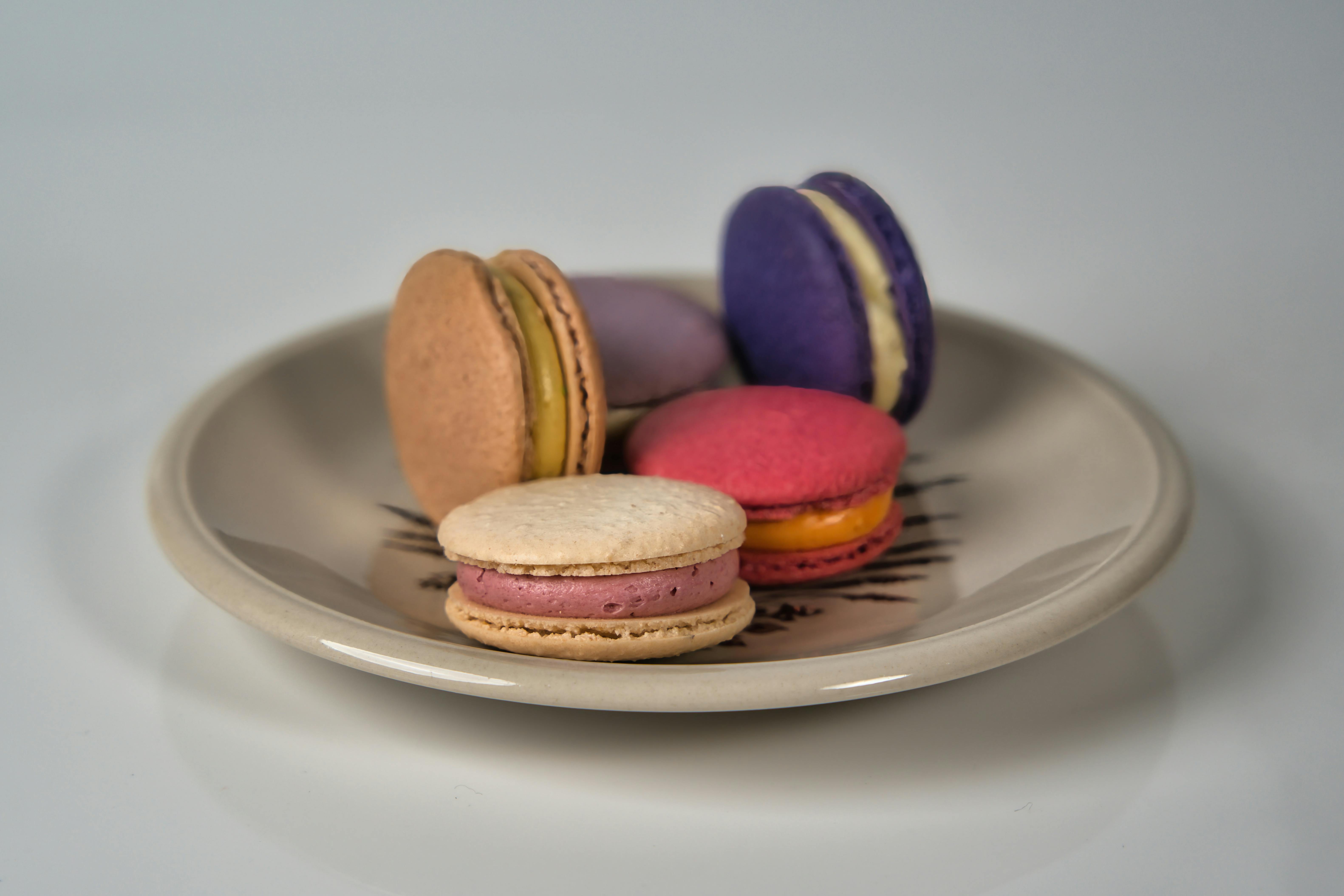Sweet Dessert Recipes: Chocolate to Fresh Fruit Favorites
Master a range of irresistible desserts at home, from indulgent chocolate cakes to light, fruit-forward creations. This guide walks home bakers through seasonal fruit desserts, essential cake-decorating steps, chocolate techniques, and smart pairings — plus a ready-to-use occasion menu. Learn practical tips on tempering chocolate, making ganache, building a crumb coat, and turning simple fruit into elegant sweets. Perfect for anyone wanting reliable dessert recipes, baking skills, and entertaining ideas.

Seasonal Fruit Desserts to Celebrate Every Harvest
Using fruit at the peak of its season makes dessert-making effortless and flavorful. In summer, showcase berries in a crisp pavlova or bake juicy peach cobblers; when apples arrive in autumn, try a warm apple crisp or gently poached pears. A quick fruit compote—simmered with a little sugar and a squeeze of lemon juice—turns plain fruit into a versatile topping for ice cream, pancakes, or tarts. For a more rustic presentation, fold sliced fruit into a flaky, buttery galette: the free-form crust highlights the fruit and typically needs less sugar than more structured pastries, letting natural sweetness lead.
Fundamental Cake Decorating Skills
A straightforward cake can look professional if you follow a few core decorating steps. Learn to whip a smooth buttercream that spreads evenly, practice basic piping patterns (roses, shells, and dots), and master working with chocolate ganache for glossy finishes. Always apply a crumb coat first—a thin layer of frosting that traps loose crumbs—before adding the final, clean layer of icing. Finish your cakes with simple accents: chocolate shavings, arranged fresh fruit, or edible flowers lift a design without complex techniques.
Chocolate: Handling and Techniques
Chocolate demands careful temperature control to achieve the right texture and appearance. Proper tempering is the key to shiny coatings and that satisfying snap in molded decorations. For ganache or truffle centers, a reliable starting point is a 2:1 ratio of chocolate to heavy cream (by weight) for a firm, set filling; adjust for softer textures as needed. Melt chocolate slowly—either over a double boiler or in short microwave bursts—to avoid scorching. Choose dark chocolate for coatings and decorations because it sets firm, and use milk chocolate where a creamier, milder profile is preferred, such as in mousses or creamy fillings.
Fruit and Chocolate: Flavor Matches That Work
Pairing fruit with chocolate creates layered flavors that feel both elegant and comforting. Raspberries and dark chocolate are a classic match for tarts and mousses, while a hint of orange zest can brighten the depth of a chocolate cake. Simple ideas like dipping strawberries in melted chocolate make a quick yet refined treat. For entertaining, assemble a chocolate-covered fruit platter combining fresh figs, strawberries, and dried apricots for variety in texture and sweetness.
Planning a Dessert Menu for Celebrations
Below is a concise reference to help you plan desserts for special occasions, listing key components, approximate prep times, and the skill level required:
| Dessert Type | Main Ingredients | Preparation Time | Difficulty Level |
|---|---|---|---|
| Triple Chocolate Cake | Cocoa, dark chocolate, butter | 90 minutes | Intermediate |
| Fresh Berry Pavlova | Egg whites, berries, cream | 120 minutes | Advanced |
| Fruit Galette | Seasonal fruit, pastry, butter | 60 minutes | Beginner |
| Chocolate Truffles | Dark chocolate, cream, cocoa | 45 minutes | Intermediate |
Understanding these basics opens the door to creative variation. With practice and attention to ingredient quality, even simple desserts can become memorable highlights. Small touches—precise temperature control for chocolate, a tidy crumb coat, or perfectly ripe fruit—make a big difference. Keep experimenting, and enjoy the process of turning everyday ingredients into standout sweets.






